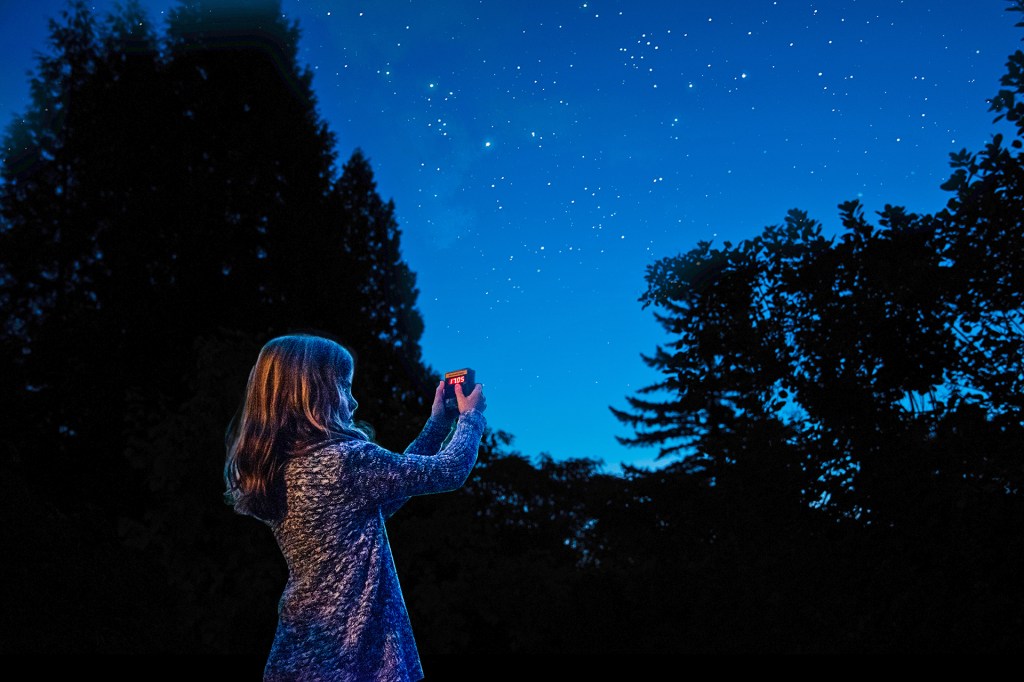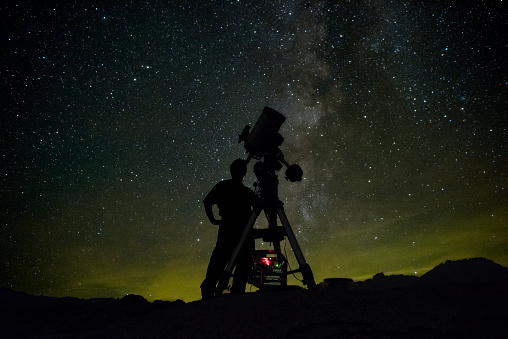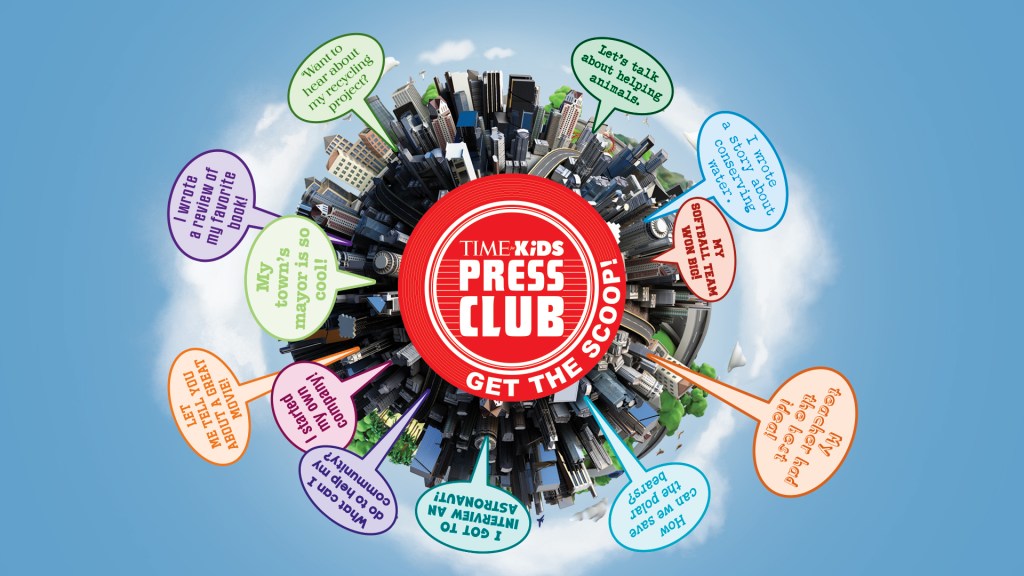You Can Do It

Go to the window and look outside. Are there clouds in the sky? How many? Are they puffy or wispy? Are they blocking sunlight or letting it through?
NASA scientists are interested in your answers. They’re using the power of “citizen science” to gather information about clouds from people all over the world. Amateur scientists contribute to professional research by making observations
observation
 TONY ROWELL—GETTY IMAGES
something you notice
(noun)
The astronomer's observations led to the announcement of a new planet.
and processing data.
TONY ROWELL—GETTY IMAGES
something you notice
(noun)
The astronomer's observations led to the announcement of a new planet.
and processing data.
DIY Research
Citizen scientists don’t usually need special training or equipment. It may not even matter where they live. Often, projects are open to people of all ages. Many participants are kids.
“This is a fundamental
fundamental
 TETRA IMAGES—GETTY IMAGES
basic
(adjective)
The United States Constitution ensures our fundamental rights.
, real way for young people to engage in science that is useful and important,” Darlene Cavalier says. She founded a website called SciStarter. It helps people find projects they might like to participate in.
TETRA IMAGES—GETTY IMAGES
basic
(adjective)
The United States Constitution ensures our fundamental rights.
, real way for young people to engage in science that is useful and important,” Darlene Cavalier says. She founded a website called SciStarter. It helps people find projects they might like to participate in.
For NASA’s GLOBE Observer program, volunteers use an app on a mobile device to submit cloud observations. While satellites photograph clouds from above, volunteers study them from below. “By combining the two, we get a more complete picture,” says Jessica Taylor, of NASA. Researchers use the data to learn about weather and climate change.
There are thousands of citizen science projects to choose from. You can measure light pollution, study the diet of ants, or locate bees. Sometimes, volunteers gather data from their own backyard. Other projects happen online. One provides underwater images of beluga whales. Volunteers then identify things like each whale’s age and gender.
The COVID Effect
COVID-19 has halted or slowed some scientific research. Because of the pandemic, many scientists have not been able to travel to do their work. Citizen science has helped fill in the gaps, because people can submit data gathered where they live.
With more people staying home because of the pandemic, scientists have seen a rise in the number of people volunteering for research projects. In April, SciStarter saw five times more engagement on its website than it had seen the year before. Cavalier hopes the increased interest continues.
“There are so many questions out there, and scientists do not yet have all the answers,” she says. “They need your help.”












